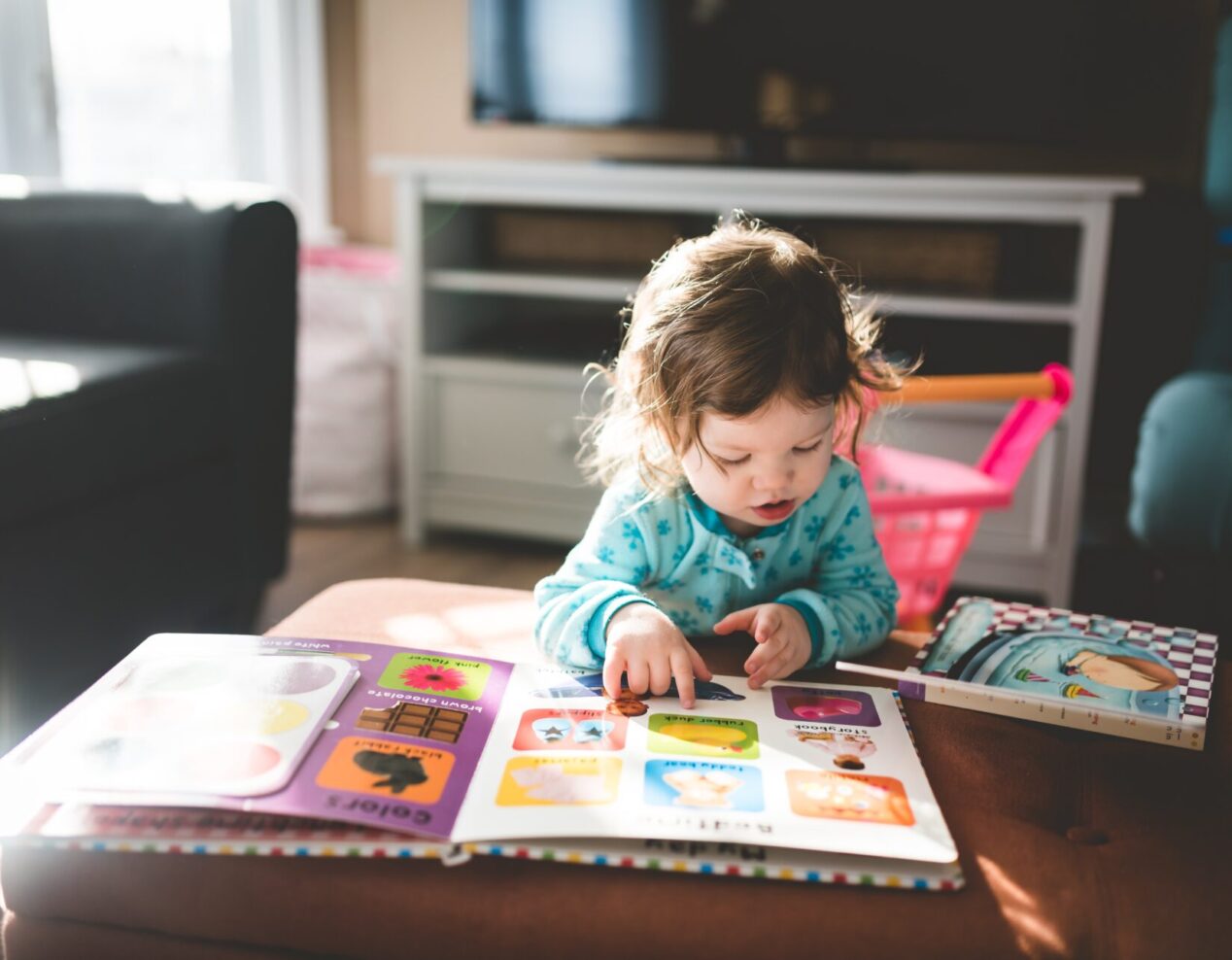Introducing Baby to the World of Numbers and Counting
It’s like opening a door to a bright new world for your little one. When you introduce your baby to the wonder of numbers and the basics of counting, you’re laying the foundation for a lifetime of learning. Whether we like it or not, numbers play a crucial role in our daily lives. But, how do we go about teaching these concepts to kids who are more interested in playing with their toes than paying attention to digits? Let’s dive in!
The Magic of Numbers: When to Start
Early exposure is key, but that doesn’t mean you need to have flashcards and math drills for your baby. Quite the opposite! Math can be an adventure, full of stories and fun, from the very start. The best time to begin might be earlier than you think. Some experts suggest that you can start talking about numbers from the moment your baby is born, by incorporating numbers into their daily routine.
Everyday Numbers: The Learning Playground
The world around your baby is their first classroom, and it’s filled with opportunities to learn about numbers. When you’re feeding your baby, count the scoops of formula or the number of bottle ounces. During bath time, count the rubber ducks. Dressing them? Count the snaps on a onesie or the socks as you put them on their little feet.
Storytime isn’t just for fairytales, either. Choose books with numbers and colorful illustrations that make counting characters and objects a joyful activity. You can also sing counting songs—it’s a classic for a reason. Remember “Five Little Ducks” or “One, Two, Buckle My Shoe”? Melodies make counting stick better than just words.
An Environment That Counts
Set up a numeracy-friendly space at home. A room where numbers are visible and accessible will foster curiosity. This could include posters with numbers and their corresponding words, toys with numbers like stacking rings, and puzzles that involve numbers. Keep it casual—the goal is to normalize numbers so that they become part of everyday play, not a special ‘learning time’ that might trigger resistance.
The Power of Play: Counting Can be Fun
Toys are more than just toys—they’re tools for learning. Building blocks? Count as you stack. Stuffed animals? Sort them by size and count them. Shape-sorters? Talk about the number of shapes and holes. And don’t forget about tech—in moderation, apps and educational games can be a colorful, interactive way to get familiar with numbers.
Remember, it’s not just about counting to ten flawlessly. It’s about recognizing that numbers are symbols that represent amounts and understanding the concept of quantity. This understanding is what will carry them through as the math gets more complex. So, it’s okay if your two-year-old thinks that ’11’ comes after ‘2’. They’re on the right path, and repetition will clear up the sequence soon enough.
Talk the Talk: Numbers in Everyday Conversation
Incorporate numbers into your daily chatter. “Look at those two dogs in the park!” or “Would you like three grapes?” are simple ways to bring numbers into your child’s world. And it’s more than just counting; use descriptive language involving size, weight, and quantity to build a rich numerical vocabulary. These encounters will solidify their understanding that numbers are not just isolated concepts but are deeply connected with the world around them.
Lead by Example: Count on Me, Count with Me
Children learn by imitating. When they see you using numbers in daily activities, they appreciate their value. Measure ingredients for a recipe together, count the number of cars as you wait to cross the road, or tally the scores during a family game night. Showing your baby that numbers are a practical tool gives them context for their own learning.
Praise and Encouragement: Cheer Every Counting
Learning is a journey with ups and downs, and that journey deserves cheers and claps, especially in the early days. Celebrate every numerical milestone, whether it’s correctly counting to five or recognizing the number on a door. These small victories are huge in your child’s eyes and your encouragement fuels their enthusiasm.
Patient Progress: Every Baby Counts at Their Own Pace
Every child is a universe of potential, and they all unfold in their unique timing. Some babies might take to numbers like ducks to water, while others might seem indifferent. That’s alright. The key is to stay patient and keep the numerical fun flowing without pressure or stress. What’s rote memorization today will blossom into understanding tomorrow.
Numbers Beyond the Home
When you’re out and about, there’s a whole other classroom awaiting. Grocery shopping can turn into a counting lesson. “Let’s put five apples in the bag! Can you help me count them?” Or take a walk and count the steps, count the trees, or count the windows on the buildings you pass by. These interactions teach your child that numbers are everywhere, not just in books or on a screen.
The point is, numbers are not just a school subject; they’re a life subject. They’re in everything we do, from waking up (what time is it?) to going to bed (how many bedtime stories?). By making numbers a natural part of your baby’s life, you’re helping them to become comfortable, confident, and curious about the world of math before they even step foot in a classroom.
Conclusion
In essence, teaching your baby about numbers and counting is about creating an environment where numbers come to life. It’s about playful learning, where every day is a chance to discover something new about the world of digits. So count the stars, the steps, the buttons, and the blocks. Before you know it, your baby will be counting right alongside you, ready to embark on a lifelong journey of learning, with numbers lighting the way.
